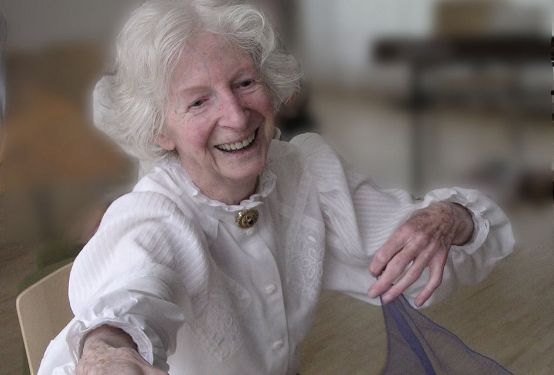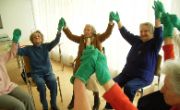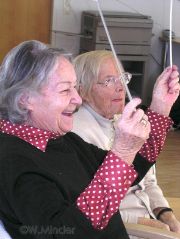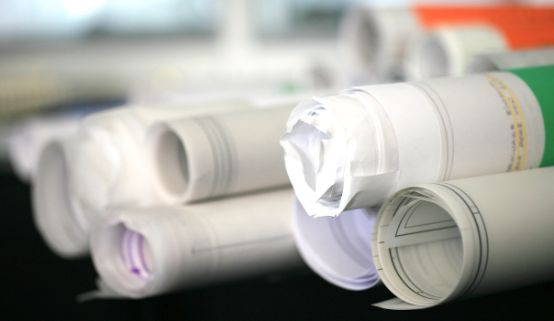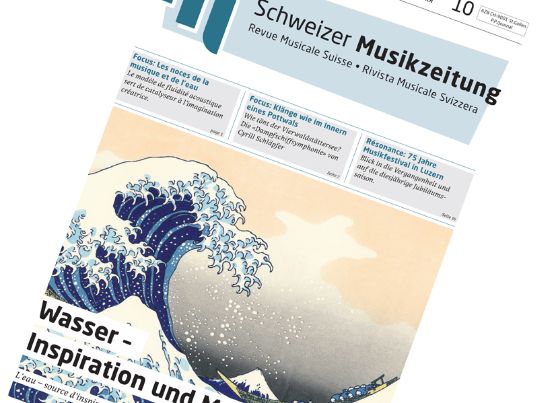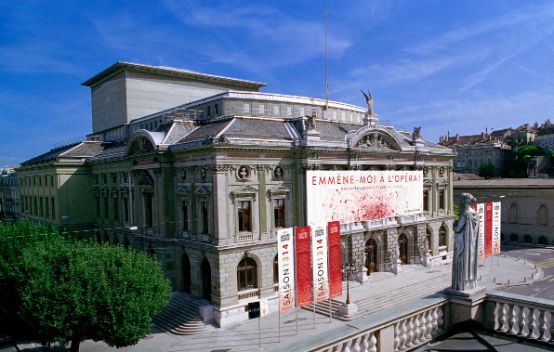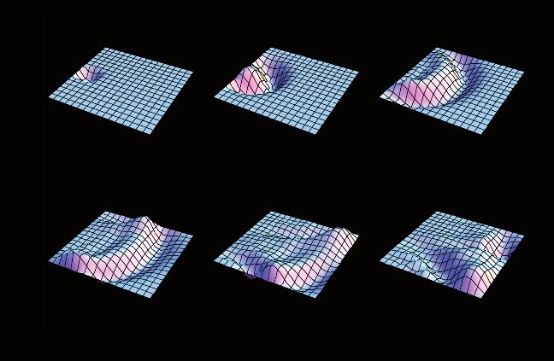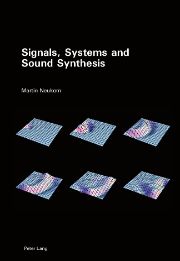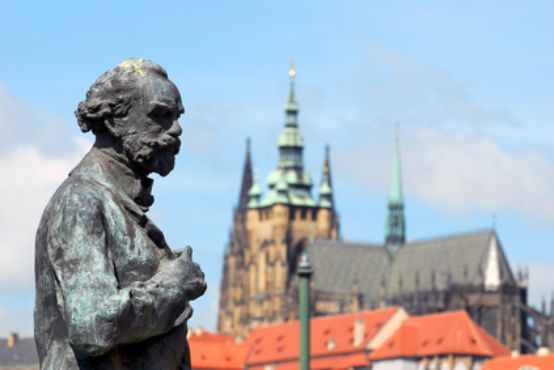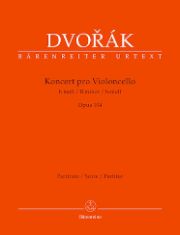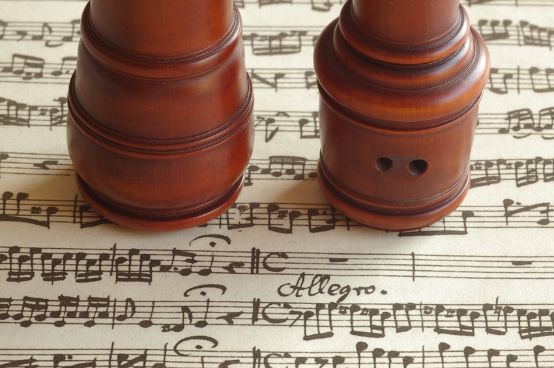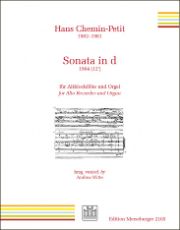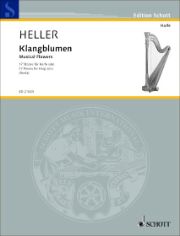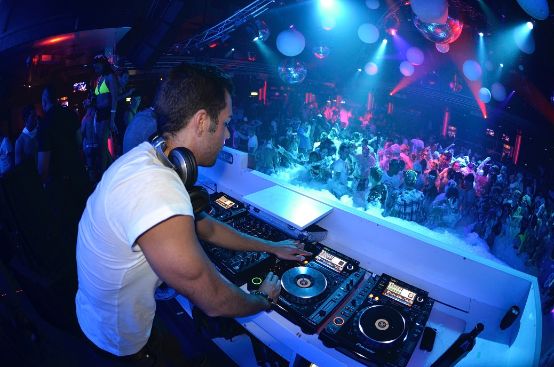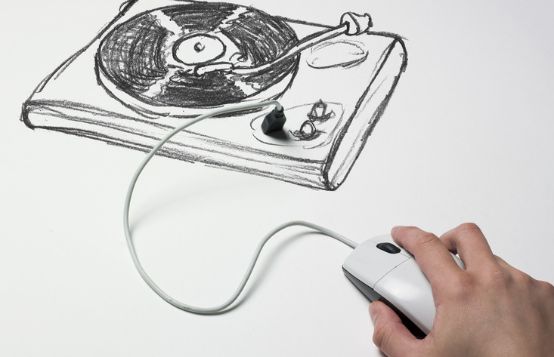As historically informed as possible
A conference in Bern examined how Wagner's "Flying Dutchman" might have sounded at its premiere in Dresden on January 2, 1843.
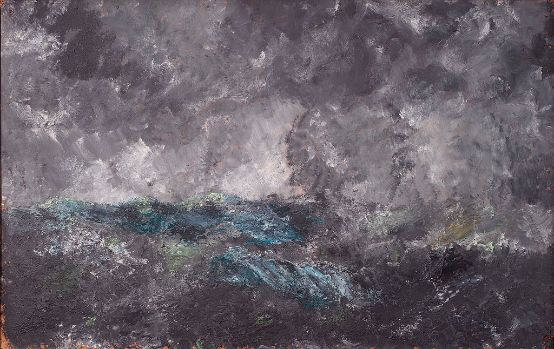
Since the universities of applied sciences have been called upon to conduct their own research, the world of science has been enriched by a number of projects. Interpretation research is a particularly popular area, which is also being worked on at Bern University of the Arts. All of the relevant projects currently underway at the Conference Improvise - Interpret presented to the public and discussed with external guests: Richard Wagner in historical performance practice, pianistic improvisations from Beethoven's time, the work of Alfred Wälchli, a new, sensory-dynamic double bass clarinet as well as historically informed didactics of music theory based on Peter Cornelius' work. The five symposia spread over two weekends featured a number of parallel events, which led to unfortunate overlaps. Those interested in Wagner could hardly hear any lectures on piano improvisations. Among other things, Giorgio Sanguinetti discussed the partimento in Beethoven's time, Michael Lehner looked at Carl Czerny's model compositions as a guide to fantasizing, Sonja Wagenbichler reported on pianistic competitions in 18th and 19th century Vienna. Petra Somlai and Leonardo Miucci contributed to the practical relevance of the topic in lunchtime and evening concerts and demonstrated very different styles of (partially) improvised music on fortepianos.
The orchestral musician's perspective
Also at the symposium Richard Wagner historically. Interpretation practice for the premiere of The Flying Dutchman in 1843 the close connection between science and practice was always palpable. The very idea of making the orchestral parts of the premiere in Dresden the starting point for the study reveals the perspective of an orchestral musician. It comes from Kai Köpp, who currently holds an SNSF professorship at the HKB. Köpp is a musicologist as well as a violist and contributed to the 2005 recording of the Dutchmen in historical performance practice under the direction of Bruno Weil.
The Dresden orchestral parts, which have not yet been studied, contain considerably more practical information than the autograph score due to the rehearsal practice of the time: Wagner did not rehearse his opera with the singers with piano accompaniment, as is customary today, but with a string quartet - and this is how the actual "last-hand version" was created.
If the quartet rehearsal parts have also been preserved for other operas, this opens up a large field of research, Köpp stated. The philological problem of how to date the sometimes diverse entries of parts used in operas over decades must be dealt with on a case-by-case basis. In any case, interpretation research is moving towards studies of individual performance situations. The great regional differences and the rapid changes in interpretation practice make general statements about the performance practice of a particular period almost obsolete.
-

- Drawing from the premiere of the "Flying Dutchman"
- wikimedia commons
Tempo, line-up, instruments
A real paradigm shift in historical performance practice would also be the investigations into the metronome markings in Wagner's Dutchman Thomas Seedorf stated, following on from the lecture by Bernese piano teacher Manuel Bärtsch. From now on, the focus will no longer be on particularly fast tempi, but on particularly slow ones. Whether and how the sometimes extremely slow tempi notated by Wagner can be realized at all - for example in the overture, which, with a dotted half note = 72, is far removed from the frenzy of today's interpretations - and how this additional time can be filled on stage, will have to be shown in future practical experiments.
Tobias Pfleger showed the difficulties Wagner had with the Dresden court orchestra, which was conservative in many respects, such as the disputes over authority with the concertmaster: pictures of the Dresden orchestra set-up at the time showed a conductor standing directly behind the prompter's box, facing the stage and thus giving the singers the beat. Behind him was the orchestra, which played towards the stage. The concertmaster took the beat from the conductor and passed it on to the orchestra, and therefore saw himself as the actual conductor of the orchestra.
The lecture by Bernhard Hentrich from Dresden seemed like the presentation of a crime script: The string instruments of the Dresden court orchestra in Wagner's time. What Hentrich uncovered is so explosive that he has so far avoided presenting his findings in Dresden: It was not the devastating air raids of 1945 that made the valuable instruments of the court chapel untraceable, but the confusing circumstances of the post-war period. His research into all the surviving inventory lists suggests that quite a few musicians and administrative staff wanted to "save cultural assets from Bolshevism". They sometimes exchanged cheap replicas for valuable instruments without making a note of it. Anyone researching the instruments used by Wagner during his time in Dresden today may come across such a replica instrument - and could draw fatal conclusions for performance practice.
Prefer traditional?
200 years of Wagner - ready for historical performance practice? was the provocative title of the panel discussion on the first evening of the symposium. The current phenomena to which this multi-perspective title refers became clear again and again in the course of the symposium. On the one hand, there is the general - not only Wagner-related - anniversary actionism. Certainly, the Bern University of the Arts is also using Richard Wagner's 200th birthday as an opportunity to present the results of this research project in a concert performance of the Dutchmen to present their findings. On November 22, students will put the findings into practice and make them accessible to a wide audience.
But the meandering movement of historically informed performance practice is also addressed here. It is true that today there are hardly any calls for historical performance practice to be primarily concerned with forgotten repertoire. However, the necessity of reconstructing historical circumstances even in the case of an oeuvre such as Wagner's, which has had an unbroken performance tradition since its creation, has rarely been recognized to date. Interpretations such as the concert performance of the Parsifal under Thomas Hengelbrock, which caused a sensation in Dortmund, Essen and Madrid at the beginning of this year, and about which Peter Tilling, Hengelbrock's assistant at the time (and now deputy general music director at the Nuremberg State Theater), gave an impressive account at the symposium, remain the exception.
And finally, the question of the openness of musicologists is also implicitly raised here. Orchestral parts, metronome markings etc., such as those studied by the Bern Wagner project, have so far been neglected by philologically oriented historical musicology; their existence has often been relegated to the footnotes of complete critical editions, where they are difficult for practical musicians to find. University musicology would do well not to regard such practical performance research as marginal or competitive, but as an enrichment.
Image: The Flying Dutchman (Uvejr i Skærgården. "Den flyvende hollænder", Dalarö), painting by August Strindberg, 1892, Copenhagen State Art Museum, photographed by www.smk.dk and soeg.smk.dk, wikimedia commons






